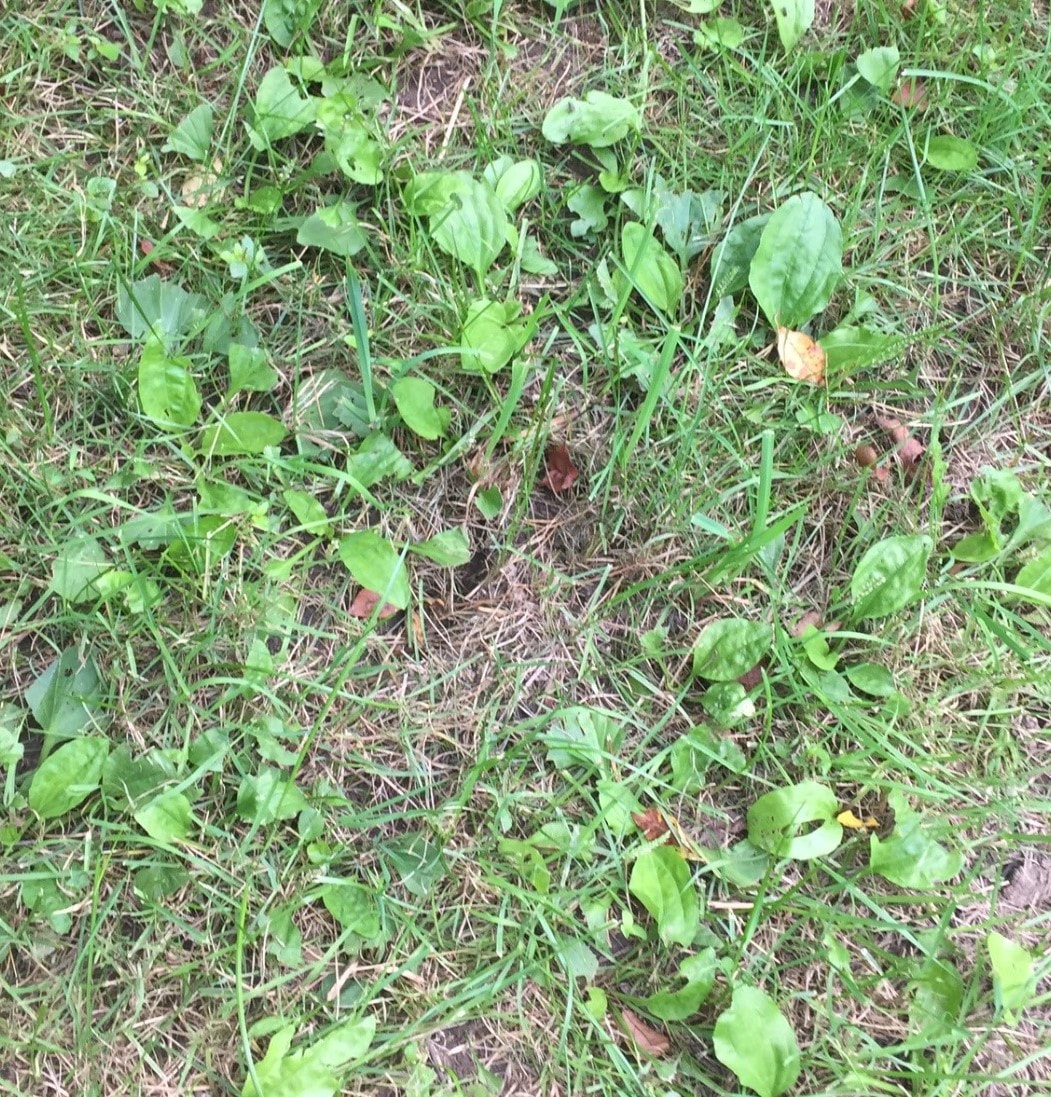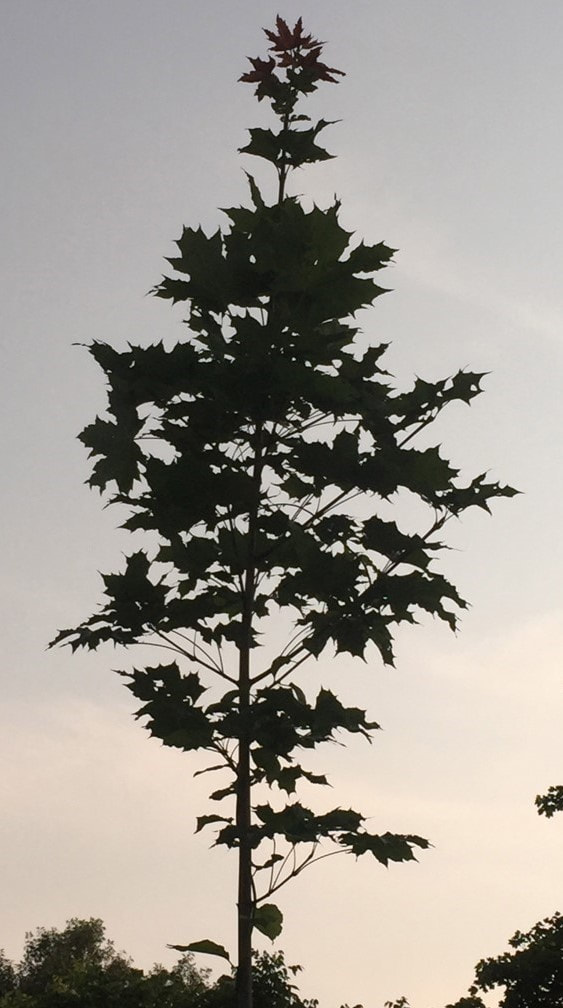Recently I discovered teachings that consider another relationship that can be dealt with at this time, as well as at other times: בין אדם לעצמו (bein Adam la-atzmo) - between a person and themselves, or: (beini l’atzmi) ביני לעצמי - between myself and myself
The more modern Jewish thinkers liked this 3-part model, and connected it with other triplets. In the Ethics of the Fathers, otherwise known as Ethics of the Ancestors or Pirkei Avot, the end of 1:2 reads: the world is based on 3 principles: תורה (Torah - study), עבודה ( avodah - worship), and גמילות חסדים (g’milut chasadim - acts of compassion). Accordingly, the relationship between ourselves and God is associated with avodah (worship), the relationship among humans is associated with g’milut chasadim (acts of compassion) and our relationship with our internal selves is associated with Torah (study). Another teacher connected our relationship with God to the laws of religious expression (“דת” - dat), our relationship with others to the laws of ethical conduct (“מוסר” - musar), and, surprisingly, our relationship with ourselves to the coming of the Messiah (“משיח” - mashiach).
What does study and the Messiah have to do with our internal selves? The lectures I read identified our internal selves as a version of ourselves which is more “whole” and in some way more “authentic.” Somehow, through study, we’re supposed to get in touch with this more authentic self, and as more of us succeed in connecting with this more authentic self, together we may be able to bring the world to a better place.
This still sounds pretty mysterious. Here’s my own midrashic take on it: The word for “self”, עצם (etzem) has a variety of meanings including “bone” and “essence.” To me, these meanings express both the most concrete type of existence (as in “the bare bones”) and the most abstract type of existence. Somehow, throughout our lives, we need to get in touch with the physicality of who we are and what we’re capable of as well as the essence of who we are —what goals and plans express our authentic selves— in order to be as effective as possible in our world. This enhanced sense of self also informs our relationships with others and with God.
So where does forgiveness enter the equation? As many of us know, we often hold ourselves to a high standard with respect to our thoughts and our actions. Many of us feel that we will never meet our expectations for ourselves and we feel bad about this all the time. The High Holiday season is a time to forgive ourselves for ways we feel that we haven’t been true to ourselves. In the same way that Rosh haShana, the new year, is a renewal of opportunity and possibility, this is a time to rededicate ourselves to the continued development and evolving understanding of who each of us is and what we’re capable of. During the year we engage with others and we also may engage with God in some ways. The High Holiday season is a time to re-set these relationships and to try to increase the amount of them with which we are satisfied. This is a wonderful time to do that for ourselves as well.


 RSS Feed
RSS Feed